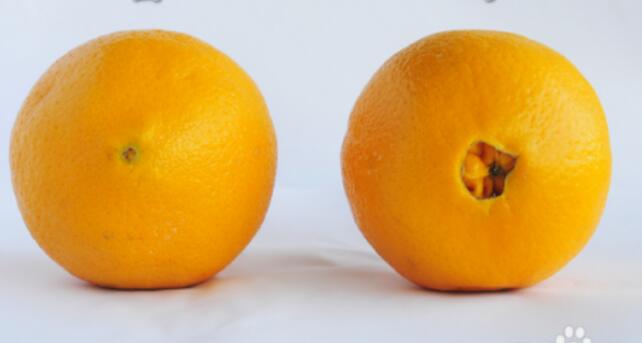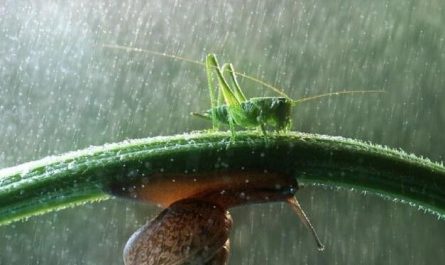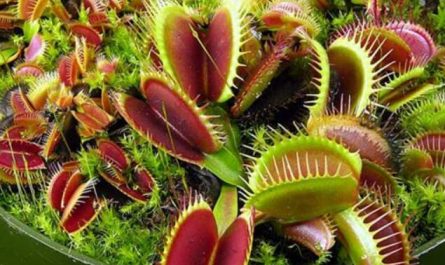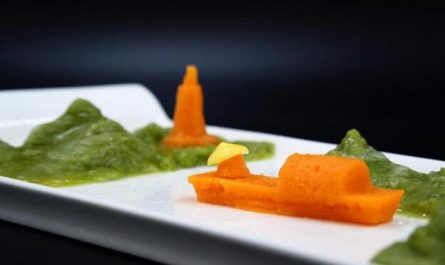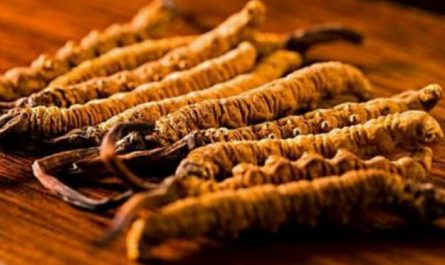Many people go to buy fruits, and when they come back, they find fruits of the same variety that are picked together. Why do some have good taste, but some do not have the fragrance that the fruit should have? Speaking of this kind of thing, there will be experienced people telling that fruit is divided into males and females-the same batch of fruit, the fruit of a tree will have a very different taste because of the difference between male and female. Could this be true?
Some people have summarized a lot of experience in distinguishing between male and female fruits. Those who are more concerned about eating can always find a better choice. When summer is here, many people will buy watermelons. Many people will not pick this kind of bigger melons. Looking at the watermelons with similar shapes, there is no difference at all. Experienced people will tell you that there is a round circle on the other end of the watermelon’s guadi, commonly known as the belly button. The belly button of the “female watermelon” is relatively round, and the belly button of the “male watermelon” is smaller or looks a little bit. Comparing the two, female watermelons are sweeter and have a better taste than male watermelons.
There is also the most common apple. The male and female of an apple mainly depends on the size of the pedicle. The larger pedicle is the female apple. This kind of apple has thin skin and is juicy and has a good taste. Conversely, the smaller fruit pedicle is the male apple, which has a thicker skin, less delicious flesh than the female fruit, and a higher probability of sour taste. The distinction between males and females in oranges is the same as that of apples.
The male and female oranges are the easiest to distinguish, because the belly button of female oranges is very obvious. Such female oranges often have side fruits in them, which taste sweet and sour and rich in juice. If you buy a small belly button, it is an orange with a pointed tip, mostly thick skin and less flesh. The distinction between male and female of pears is also very intuitive. Look at the depth of the top. The deeper one is female, and the shallower or slightly pointed top is male.
These daily tips have also been tested on TV to verify their authenticity. It is true that these methods can distinguish the difference in taste, but according to expert analysis, fruits are non-existent male and female. The taste of fruits is mostly related to factors such as climate, temperature, soil and management. The variety, origin, shape, and sun exposure of the fruit will cause the taste of the fruit to be different. It seems that people just call the distinction of fruit taste as male and female, instead of having female or male fruit.
